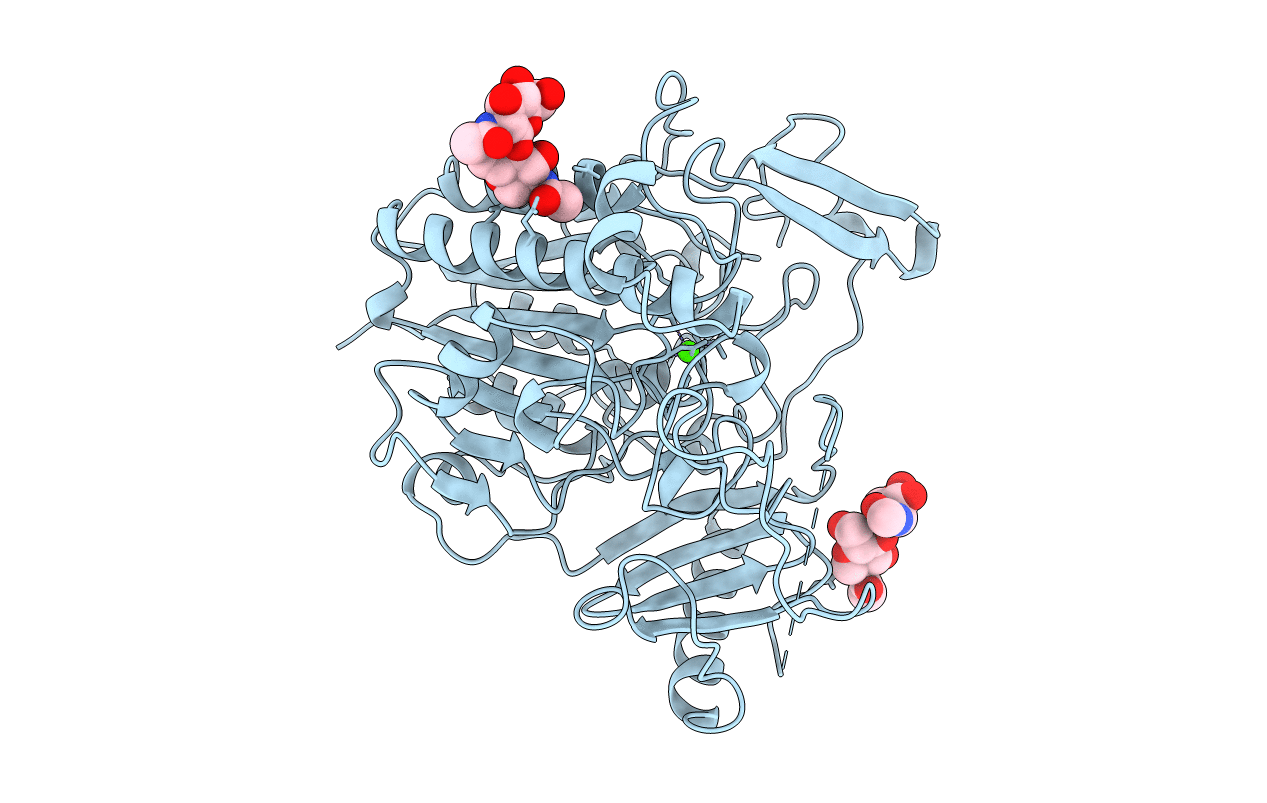
Deposition Date
1996-07-29
Release Date
1998-02-04
Last Version Date
2025-03-26
Method Details:
Experimental Method:
Resolution:
2.50 Å
R-Value Free:
0.24
R-Value Work:
0.18
R-Value Observed:
0.18
Space Group:
P 41 21 2


